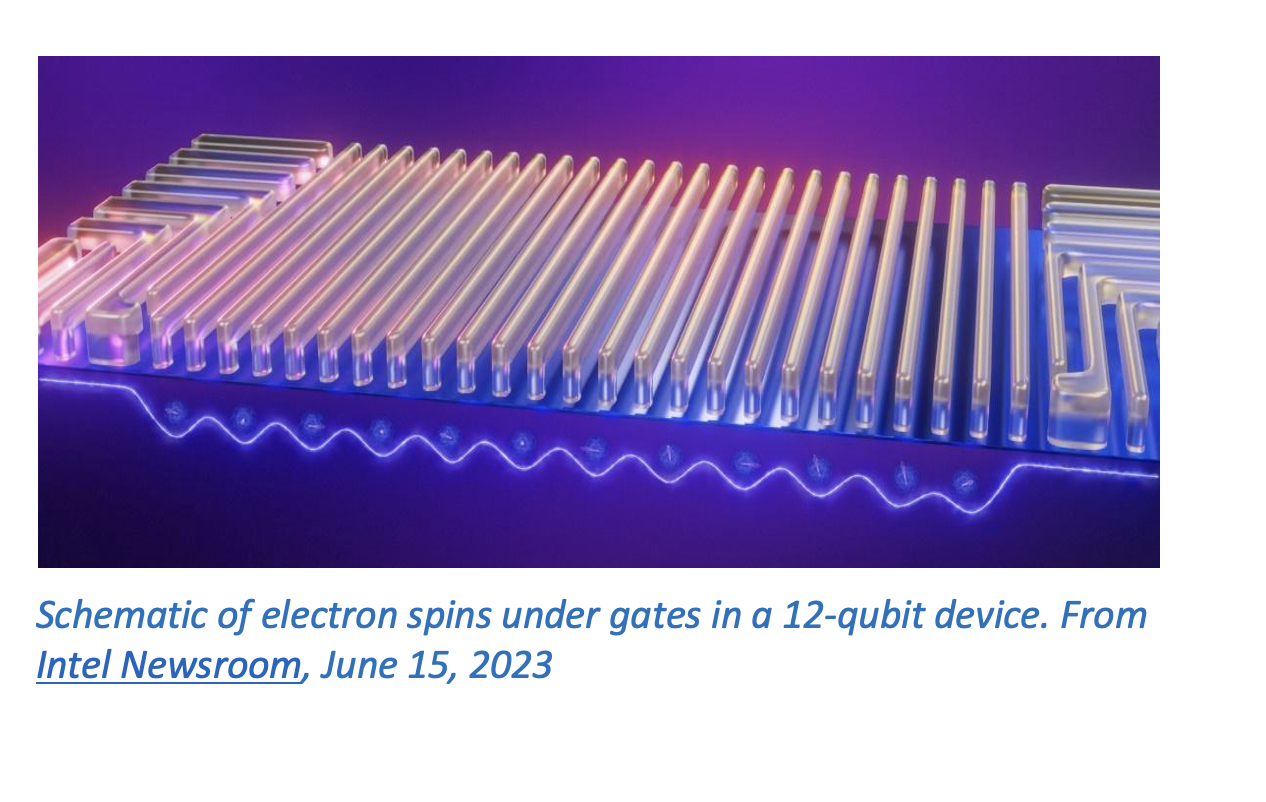
Qubits for Computing Foundry (QCF)
Experimental research in the field of solid-state quantum computing requires access to high quality qubit devices. To overcome the barriers of producing these qubits and accelerate scientific progress at no cost to research projects that receive U. S. government funding, the Laboratory for Physical Sciences Qubit Collaboratory (LQC), in collaboration with the Army Research Office (ARO), has partnered with three foundries: Intel Corporation and HRL Laboratories to manufacture semiconducting quantum dot qubit devices and MIT Lincoln Laboratory to manufacture quantum superconducting devices.
Superconducting Qubits for Lincoln Laboratory (SQUILL)
A full-phase foundry with established design rules and automated design rule checking for custom user-designed superconducting qubits.
Contact: SQUILLFoundry@ll.mit.edu
Currently offering: A standard “candle” qubit and custom qubit designs.
- Base metal of Al (standard) or TiN (developmental)
- A range of Josephson junction (JJ) critical current densities
- Densely-packed JJ arrays
- Superconducting air-bridge cross-overs
- Packaging of devices
- Indium bump bonding to a second tier
- Currently partnering with 20 research groups
Semiconducting qubits from HRL

Pilot-phase foundry with access to HRL’s SLEDGE qubit technology, including standard and custom user-designed semiconductor spin qubit devices.
Contact: Dr. Edwin Acuna, QCF@hrl.com
Currently offering: Six dot devices with two charge sensors; custom qubit designs.
- Si/SiGe quantum well with 800 ppm 29Si
- Option for integrated micromagnets
- Custom User-designed device geometries
- User-adjustable fabrication parameters
- Currently partnering with 4 research groups
Semiconducting qubits from Intel
Pilot-phase foundry that leverages Intel’s most advanced transistor fabrication facilities to produce Tunnel Falls, a qubit chip with up to 12 quantum dots, and a yield of 95% across the wafer with tight threshold voltage uniformity.
Contact: Dr. Matthew J Curry, matthew.curry@intel.com
Currently offering: Three-dot devices with one sensor; Twelve-dot devices with four sensors
- Si/SiGe quantum well with 800 ppm 29Si
- Dedicated microwave drive line
- Micromagnet configuration available
- Currently partnering with 4 research groups


